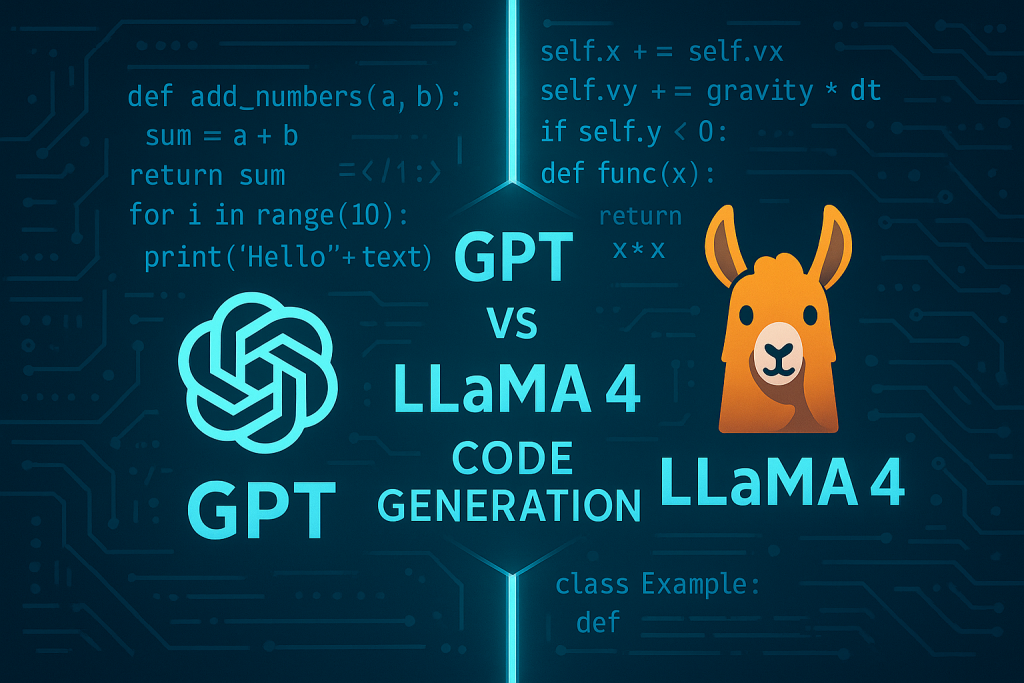How to Use the ElevenLabs API in a Simple Python Application: A Tech Demo
Introduction
Text-to-speech (TTS) has come a long way: what used to require expensive hardware or clunky server-side setups can now be driven by a few lines of code calling a cloud API. ElevenLabs.io offers one of the most realistic, expressive TTS engines available today, complete with multilingual voices, SSML support and studio-grade prosody. In this demo, you’ll learn how to:
- Install and authenticate the ElevenLabs Python SDK
- Write a minimal terminal script to convert your own text into an MP3
- Wrap that same functionality in a lightweight Flask microservice
- Understand when and why you’d choose code over the web UI
- Practices on SSML and batching
By the end, you’ll have a reusable pattern you can drop into podcasts, accessibility tools, chatbots or anything that needs lifelike speech at the push of an API call.
Why Choose Code Over the Web UI?
Automation & Integration
A one-off voice clip? The web UI is fine. But once you need to generate audio dynamically, batch convert articles, feed user input, or spin up on-demand narration, manual downloads don’t scale. Code lets you tie TTS into CI/CD pipeline, message queues or real-time services.
Version Control & Reproducibility
Scripts in Git mean you can pin SDK versions, lock model IDs and ensure that “Today’s voice” doesn’t mysteriously change tomorrow.
Customisationthe & Error Handling
Embedded error checks, retries, fallbacks to offline voices or caching layers, none of that is possible through a point-and-click UI.
Getting Started
Sign up at elevenlabs.io and grab the API key from the account dashboard
Install Python 3.7+ and the ElevenLabs SDK:
pip install elevenlabs(Alternatively, install requests if you prefer raw HTTP calls.)
Store your key:
export ELEVENLABS_API_KEY="YOUR_KEY"Minimal Python Script Demo
Here’s a lean terminal app, launch it, pick a voice, type your text, and get back an output.mp3
import os
from dotenv import load_dotenv
from elevenlabs.client import ElevenLabs
from elevenlabs import save
def main():
# Load ELEVENLABS_API_KEY from .env (or already in your env)
load_dotenv()
# Instantiate the client (it will read ELEVENLABS_API_KEY automatically)
client = ElevenLabs()
# Discover available voices
resp = client.voices.get_all()
voices = resp.voices
print("Available voices:", [v.name for v in voices])
# Let the user pick by name
voice_name = input("Pick a voice name: ")
voice = next((v for v in voices if v.name == voice_name), None)
if not voice:
raise ValueError(f"Voice '{voice_name}' not found")
# Prompt for text
text = input("Enter text to speak: ")
# Generate speech (returns raw bytes)
audio_bytes = client.text_to_speech.convert(
text=text,
voice_id=voice.voice_id,
model_id="eleven_monolingual_v1",
output_format="mp3_44100_128"
)
# Save to disk
out_file = "output.mp3"
save(audio_bytes, out_file)
print(f"Saved speech to {out_file}")
if __name__ == "__main__":
main()
How it works:
client.voices.get_all()returns all installed voices.convert()streams raw bytes of the generated speech.save()writes those bytes to disk.
Turning it into a Flask Micro-Service
To expose your TTS as an HTTP endpoint, usable by other apps or browser clients, wrap it in Flask:
import os
from io import BytesIO
from flask import Flask, request, send_file, abort, jsonify
from elevenlabs.client import ElevenLabs
app = Flask(__name__)
# Ensure your API key is set
if not os.getenv("ELEVENLABS_API_KEY"):
raise RuntimeError("Missing ELEVENLABS_API_KEY")
# One client instance for all requests
client = ElevenLabs()
@app.route("/voices", methods=["GET"])
def list_voices():
all_voices = client.voices.get_all().voices
return jsonify([v.name for v in all_voices])
@app.route("/tts", methods=["POST"])
def tts():
data = request.get_json(force=True)
text = data.get("text")
name = data.get("voice", "Roger")
if not text:
abort(400, '"text" field is required')
voices = client.voices.get_all().voices
voice = next((v for v in voices if v.name == name), None)
if not voice:
abort(404, f"Voice '{name}' not found")
chunk_iter = client.text_to_speech.convert(
text=text,
voice_id=voice.voice_id,
model_id="eleven_monolingual_v1",
output_format="mp3_44100_128",
)
audio_bytes = b"".join(chunk_iter)
return send_file(
BytesIO(audio_bytes),
mimetype="audio/mpeg",
as_attachment=True,
download_name="speech.mp3"
)
if __name__ == "__main__":
# Debugging is now off
app.run(host="0.0.0.0", port=5001)
Key points:
- One global
ElevenLabs()client keeps connections pooled. /voicesreturns a JSON list of available voice names./ttsexpects a JSON body with"text"(required) and optional"voice".
Consuming TTS server
Once Flask app is running on http://localhost:5001, any client can connect to it. Here is an example using cURL
curl -X POST http://localhost:5001/tts \
-H "Content-Type: application/json" \
-d '{
"text": "Hello, ElevenLabs!",
"voice": "Roger"
}' \
--output hello_Roger.mp3-X POSTspecifies the HTTP method.-Hsets the JSON content type.-dprovides the request body with yourtextand optionalvoice.--outputwrites the returned MP3 directly to a file.
Workflow Comparison: Web UI vs. API-Driven Service
| Aspect | Web UI | API + Code |
| Speed (single clip) | Instant via browser | ~200 ms–1 s per 1 k characters |
| Automation | None | Fully scriptable, schedulable, integratable |
| Versioning | No record of past settings | Config in code, in Git, reviewable |
| Error Handling | Manual retry | Try/except, logging, alerts |
| Batching | Impossible | Loop over files or messages, parallelize |
| Deployment | None | Dockerize, serverless functions, microservices |
Best Practices
Here are a few actionable tips to make it more natural and scalable
SSML & Prosody
It is an XML-style markup (Speech Synthesis Markup Language) that can be embedded directly in text. It matters because raw text often sounds flat, SSML lets you inject pauses (<break>), emphasis (<emphasis>), pitch and rate adjustments, or even phoneme tweaks for perfect pronunciation.
How to use it
<speak>
Welcome to our demo!<break time="300ms"/>
This is <emphasis level="strong">ElevenLabs</emphasis> TTS, with control at your fingertips.
</speak>Pass that <speak>…</speak> string to convert() instead of plain text.
Batching and Concurrency
Batching is a looping over a list of texts for back-to-back API calls, and concurrency is issuing multiple calls in parallel to maximise throughput. Converting hundreds of articles one by one can take ages. Parallel execution slashes overall time
How to implement
from concurrent.futures import ThreadPoolExecutor
def synthesize(text):
return client.text_to_speech.convert(text=text, …)
with ThreadPoolExecutor(max_workers=5) as exec:
futures = [exec.submit(synthesize, t) for t in texts]
for f in futures:
audio = f.result()
save(audio, f"out_{i}.mp3")Conclusion
You now have a complete, end-to-end pattern for generating studio-quality speech in Python—on the terminal, in a microservice, and from any HTTP client. Whether you’re building accessibility tools, dynamic content pipelines or voice-enabled apps, this demo gives you the building blocks. Go ahead, fork your own TTS service, experiment with SSML, and bring your next project to life with ElevenLabs.
References
- Elevenlabs (2024). ElevenLabs - Generative AI Text to Speech & Voice Cloning. https://elevenlabs.io/.
- OpenAI (n.d.). ChatGPT. https://chatgpt.com/.


















